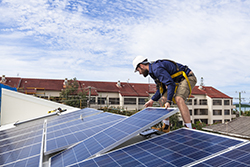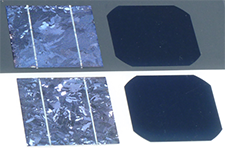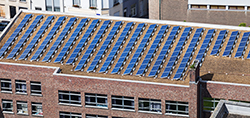cost of solar power for homes
Solar Panels Are Made of What? Solar panels are used to produce electricity using the sun’s energy. These panels use photovoltaic cells to convert sunlight into electricity. The most common material used for the construction of solar panels is polycrystalline silicon, but other materials are also used depending on the type of panel being manufactured. There are many types of solar panels, but the most popular are photovoltaic panels and solar cells. Photovoltaic panels are used for small-scale applications, such as homes and businesses. Solar cells are used for larger scale installations, such as solar farms. The two most common types of solar panels are monocrystalline silicon and polycrystalline silicon. Monocrystalline silicon panels are best suited for low-output applications, such as residential and commercial building rooftops. Polycrystalline silicon panels are better suited for larger scale applications, such as utility-scale installations. Both types of panels are durable and can last for many years. Many solar panel manufacturers use thin film technology, which is less expensive than monocrystalline and polycrystalline silicon. Some of the most well-known companies in the world that use thin film technology are Sanyo and First Solar. The most important factor in selecting a type of solar panel is its output capacity. A solar panel with a higher output capacity will produce more electricity than one with a lower capacity. For example, a 10 kW solar panel is better than a 1 kW solar panel because it produces more electricity per hour. Another factor that should be considered is the efficiency of the solar panel. The efficiency of a solar panel is measured in terms of kilowatts of electricity produced per kilowatt of solar energy input. A solar panel with a higher efficiency will produce more electricity than one with a lower efficiency. The efficiency of a solar panel depends on several factors




